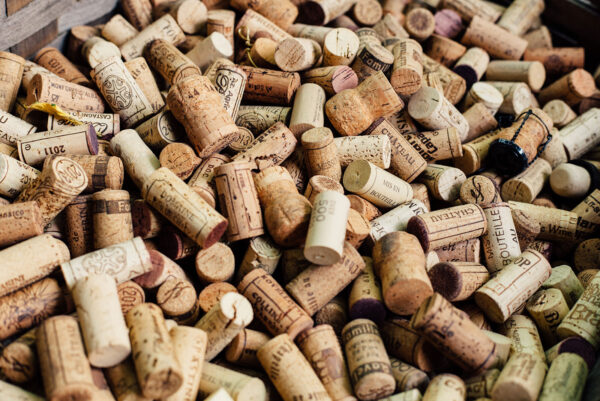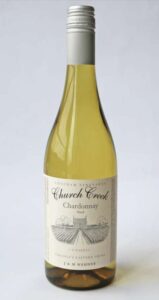This column is written by the team at Arrowine & Cheese (4508 Cherry Hill Road). Sign up for the email newsletter and receive exclusive discounts and offers. Order from Arrowine’s expanding online store for curbside pickup or in-store shopping. Have a question? Email thenose@
Welcome to the final installment of the “so you want to make wine series” or “what was I thinkin?” So today, we will finish with the maturation process of red wine. And, of course, a delicious suggestion for your table.
Any winemaker worth his salt vinifies every parcel and varietal separately. That allows you to dial in and elevate the quality of every Cuvee you make.
Some parcels are better than others or different. The easiest way to create several wines at several price points is to declassify some. The “Grand Vin,” or first wine, is the best of the best. Take Chateau Latour. Only the very best barrels go into “Chateau Latour.” The second wine, “Les Forts de Latour” is the next best and, finally, a wine they call “Pauillac.” All are good, and some barrels and parcels are less complex. You can kill two birds with one stone, elevate your “Prestige” wine and offer a slightly less complex wine for less money or create something just as good but different.
To get the wine in the bottle, you first must homogenize all the components into one cohesive unit. But there are still more decisions to make before bottling.
The use of sulfur and how much to use can get complicated and controversial. There is a misguided movement to reduce added sulfur to ridiculously low levels. But you can’t make wine “stable” without a reasonable level. Wine without sulfur is a crapshoot. The slightest residual sugar can spontaneously referment, bottles explode, cork pop, or if it gets here in one piece, it’s fizzy. Winemakers compensate for reducing sulfur by increasing the inert gas they add at bottling, and it’s the wrong approach.
It’s table wine, and it shouldn’t be petulant. Decanting a “still wine” to air is okay, but de-gassing one is nonsense. I’ve opened many a bottle, and it’s bubbling like a Coke! Then you must put your hand over the top, shake the hell out of it, release your grip, and hear the POP! It can take several tries to get rid of all the gas. That’s not great for table service, nor is it sensible. And it reduces the aging potential.

Next, what closure will you use? Natural cork (my choice), composite cork (crushed cork glued together), synthetic cork, or a “screw-cap.” Each kind of closure has benefits and problems. I’m a traditionalist. I will always choose a traditional good-quality cork. I know how it performs, and I’m happy to accept the minuscule failure rate. It’s part of the game.
This week’s star is a “Real Eye Opener.”

If you want to see just how far Virginia wines have come, look no further. The Washington Posts Dave McIntyre proclaimed: the 2020 Chatham Vineyards Church Creek Chardonnay ‘Steel’, “a great value” and “…an outstanding Virginia Chardonnay that’s worth seeking out.” And Dave got it right!
Here is a Chardonnay that kicks butt, a game-changer! And it’s from VIRGINIA! Be proud, people! Support your state.
This wine floored me. And it is nothing like any California Chardonnay anywhere near its price! It is the spitting image of a Village-level Chablis, dry, with excellent palate-cleansing acidity, delicious lemon butter and sea-shell flavors, and a stone-dust mineral finish. Try finding anything this good from anywhere in the U.S. at its price of $22.99. You can’t!
Hat’s off to Jon and Mills Wehner for making such an outstanding and affordable Chardonnay. Jump on this one — the wine disappeared after the Washington Post review hit. Jon was kind enough to save me his last 30 cases, as we had supported it long before the Washington Post discovered it.
Cheers,
Doug
Photo (top) by Elisha Terada on Unsplash


